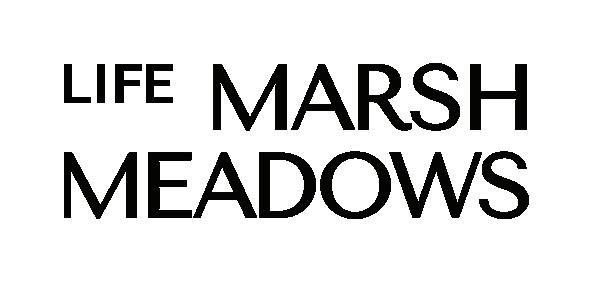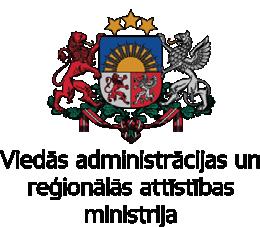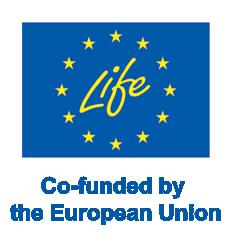Boosting biodiversity in wetlands
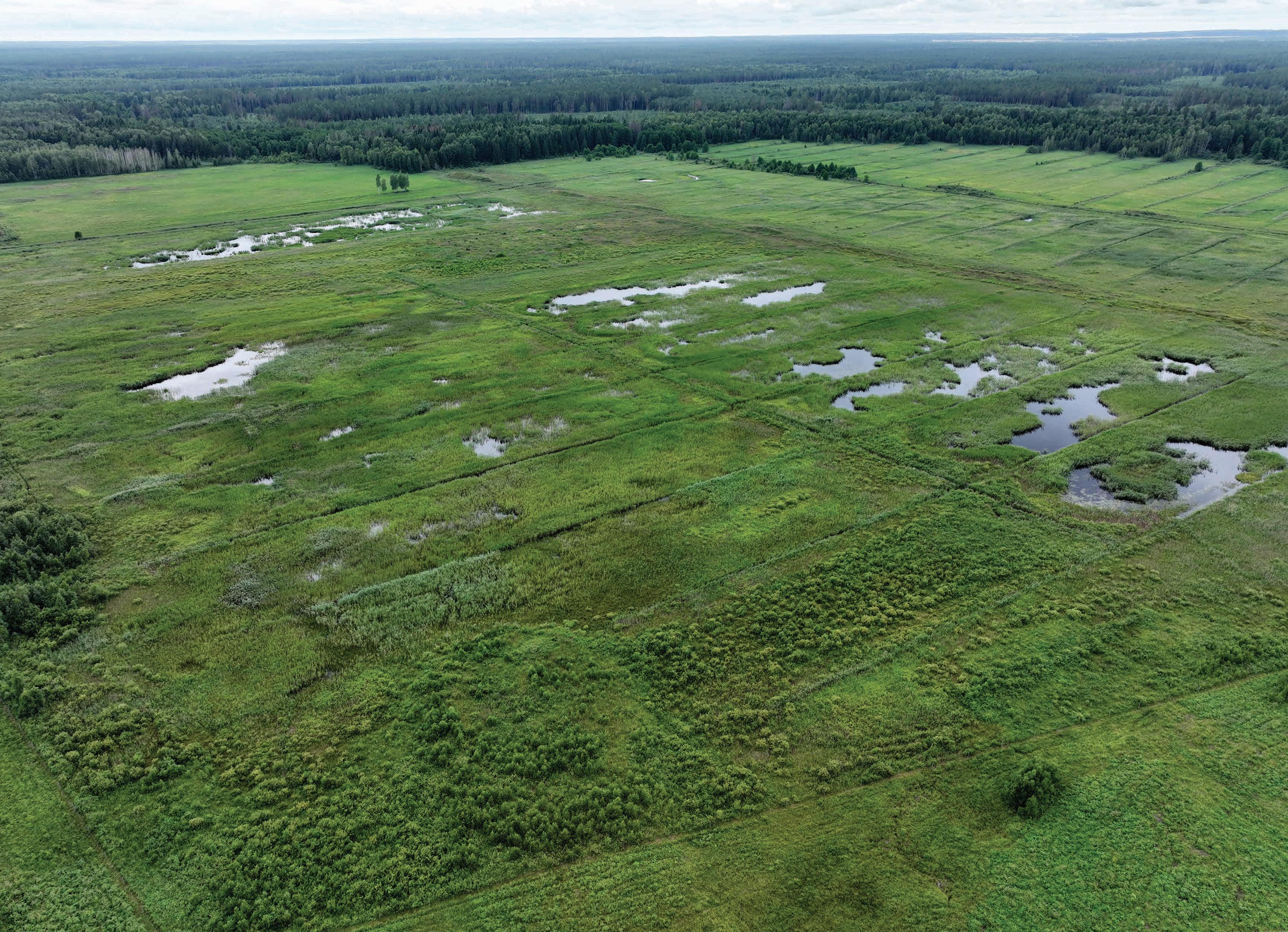

Wetlands provide a wide variety of ecosystem services, yet many farmers are keen to convert them to arable land. The team behind the LIFE MarshMeadows project are working to restore wetlands in Latvia and Lithuania, aiming to boost biodiversity by encouraging the return of different bird and amphibian species, such as Crested Newts and Great Snipes, as Laura Zvingule explains.
Many farmers view wetlands as essentially unproductive, and seek to convert them into arable land that can be used to cultivate crops, while at the same time urban development threatens the long-term health of these areas. However, wetlands are home to a wide variety of different plant and animal species, while they also provide a number of highly valuable ecosystem services, as Laura Zvingule, project manager at the Latvian Fund for Nature, explains. “Wetlands filter water and sequester carbon for example, while they also hold huge cultural importance for Latvians and Lithuanians. There are many myths and stories about wetlands,” she says. As Manager of the EU-backed LIFE MarshMeadows project, Zvingule is part of a team working to restore several large wetland complexes, aiming to demonstrate their value to farmers. “We want to show farmers that it is possible to farm on restored wetlands, that cattle can graze there,” she outlines.
LIFE MarshMeadows project
This work is centred on three Natura 2000 areas, namely Lubāna mitrājs and Sita & Pededza paliene in Latvia, as well as wetlands in the area around the city of Baltoji Voke in Lithuania. Fundamental restoration work is being conducted on these sites, such as restoration of hydrology, removal of excessive biomass and grazing. Alongside, wetlands around three flood plain meadows in Latvia covering a total area of 580 hectares are being restored as part of the project, yet this work is less far-reaching than at the main sites.
“The only restoration work happening there is that we’re cutting the trees and bushes and letting the cattle graze in the area. We aim to
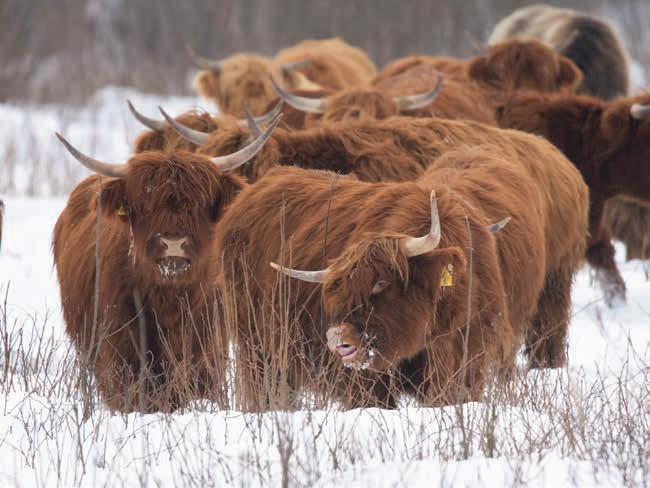
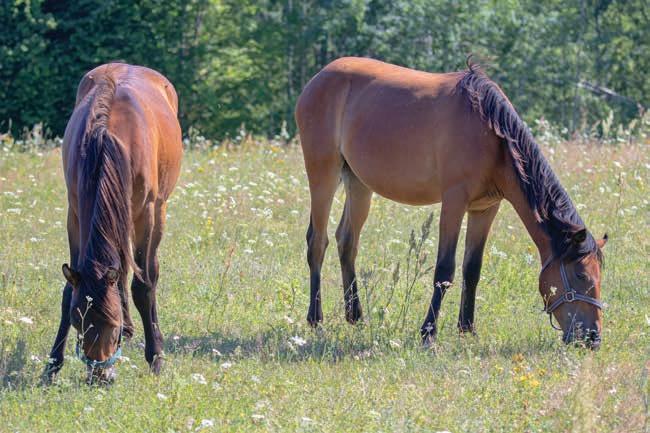
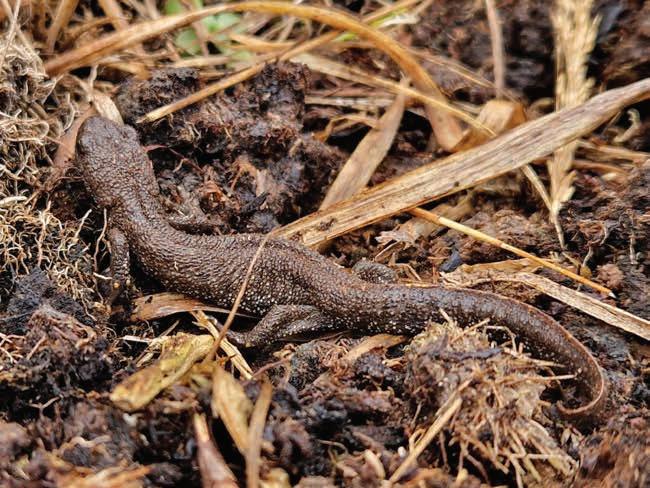
manage these areas, so they can still function as wetlands,” explains Dr Zvingule. These different wetlands face a variety of threats to their long-term health, including urban development, the presence of invasive species and conversion to arable land. “In Latvia there are still drainage systems remaining from Soviet times. These systems are commonly
used to drain the wetlands and convert them to arable land,” says Dr Zvingule.
The loss of wetlands leads to habitat and biodiversity loss, issues that the project team aim to address. Different approaches to this restoration work are being followed in the main locations. “In Gr ī vu sala, Latvia, we have closed almost all drainage systems, so the water can move naturally. In Lithuania by contrast our team is creating an artificial sluice system and improving the conditions of ditches to have a better water management, that allows wet conditions in the springtime – favourable for birds – and drier conditions in the autumn, which are favourable for farming. The wetland complex of Baltoji Voke is previously excavated peatland, so a different approach had to be taken to restore and manage this area,” says Dr Zvingule.
The hope is that this restoration work will encourage the return of certain species to these wetlands, such as Great Snipe, Spotted Crake, Bluethroat, Crested Newts, Firebellied toads and others. “The number of some species in these areas has dramatically decreased over recent years due to overgrowing reeds, bushes and unfavourable water level fluctuations,” continues Dr Zvingule. “We’re essentially looking to bring these species back.”
The project team is monitoring the impact of the restoration works, its effect on the local ecosystems, grassland vegetation, birds, amphibians and local socio-economy. While the evidence so far shows that birds are returning to the Lubāns complex, Dr Zvingule says it is proving more challenging to bring amphibians back as they are only able to travel short distances between different
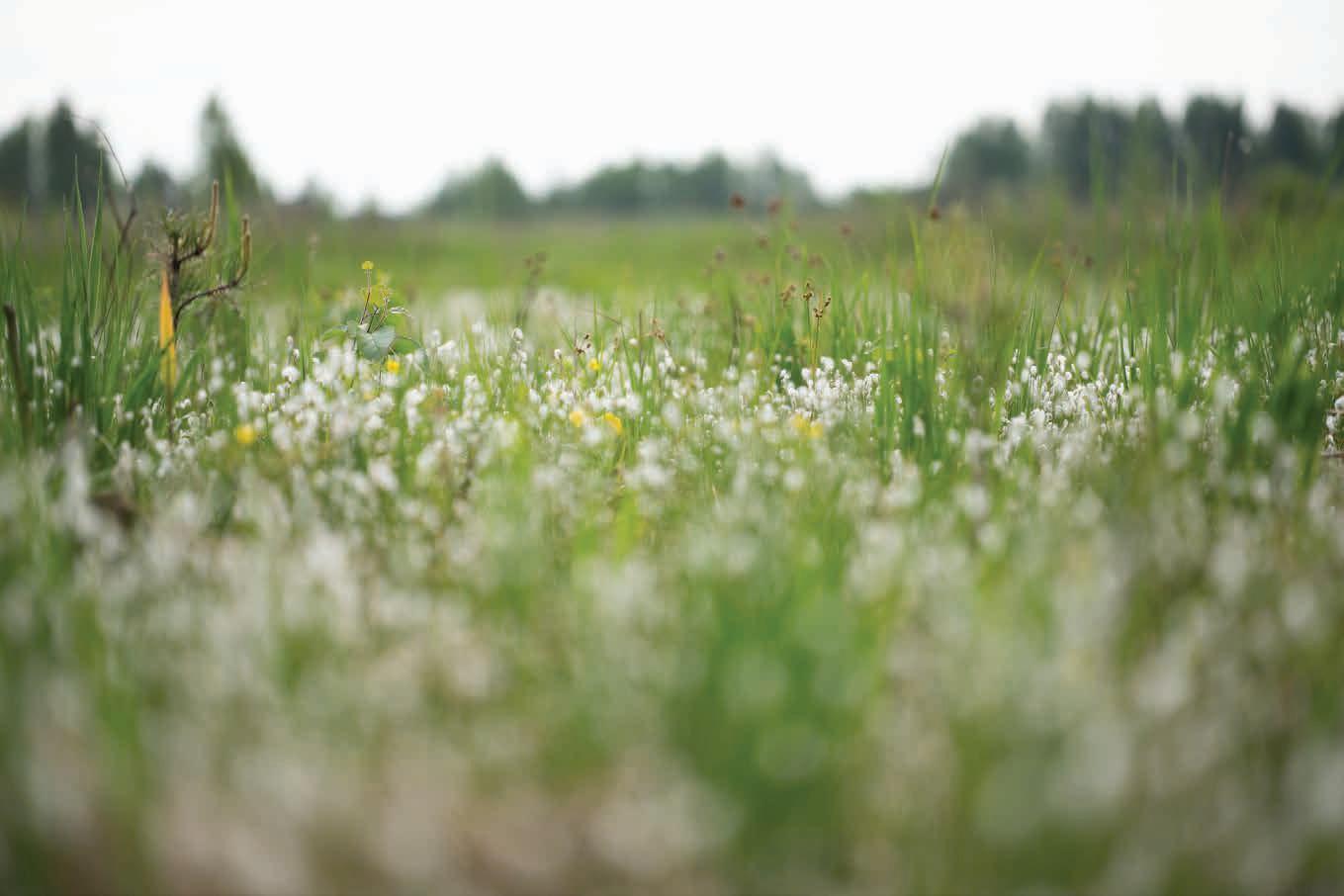
Piloting integrated wetland restoration approaches in Latvia and Lithuania
Project Objectives
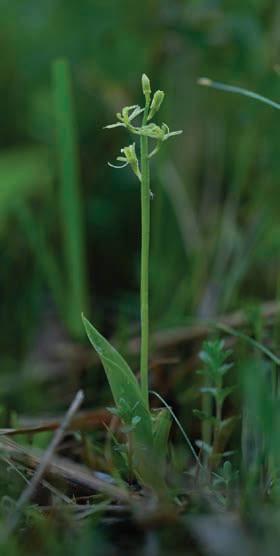
“We want to help improve the condition of vegetation and enhance biodiversity in these wetlands. We are looking to bring back certain species.”
locations, to the wetlands around Baltoji Voke. “We aim to reach a certain number of two amphibian species (Crested Newts, Fire-bellied toads ) in Baltoji Voke, but they were previously almost extinct in the area, and we’re facing some difficulties here,” she acknowledges. One major reason behind this is the presence of certain invasive species of fish, which preys on amphibian eggs. “In this case a fish called Monkey goby came from the Caspian Sea basin - most likely as a result of human activity - and they can now survive our more mild winters. They are more aggressive than local fish and often do not have natural predators, which changes the balance of local ecosystems,” says Dr Zvingule.
With the restoration work at the Gr vu sala largely complete, monitoring is now the focus of a lot of attention in the project, alongside maintaining and managing the wetlands. Cattle are now grazing the area, and the project team are monitoring how this affects the condition of different habitats and species, while progress is also being made at Baltoji Voke. “Our Lithuanian colleagues are still completing the restoration work, the cattle are grazing in over 80 hectares already. They expect to complete everything by the end of 2025, but the management of the site and farming activities will have to continue for decades to see the real results of restoration,” outlines Dr Zvingule. The next step will be to share the project’s findings with other farmers and encourage them to work with restored wetlands. “When we have clear numbers and can show that it is possible to farm on the wetlands, we will start to work with the farming community,” continues Dr
The main objective of the project is to restore two large wetland complexes and the ecosystem functions in three Natura 2000 territories in Latvia and Lithuania.
Project Funding
This project is co-funded by the European Unions LIFE programme, NATURA 2000, the State Digital Development Agency Republic of Latvia, and the Ministry of the Environment of the Republic of Lithuania
Project Partners
• Latvian Fund for Nature (LV)
Zvingule. “The Ministry of Agriculture in Latvia has recently announced a competition, where farmers can apply for money to create artificial wetlands.”
This demonstrates a wider interest in wetlands, and Dr Zvingule is ready to provide advice to farmers on the kinds of plants and animals that are well suited to these environments. Looking further ahead, Dr Zvingule is also interested in applying the lessons that have been learned in the project to the restoration and management of other wetlands, and steps have already been taken in this direction. “We will hold a meeting this Summer with grassland experts from Boreal region, and we will discuss how these practices could be adopted in other areas,” she says. One major topic of discussion will be the right approach to managing wetlands. “Some people believe that cattle grazing is the most appropriate way of managing wetlands, while others disagree. Discussions are ongoing,” continues Dr Zvingule. “We hope that, through this meeting of experts, we will be able to transfer knowledge to other regions.”
The Boreal region includes not just Latvia and Lithuania, but also covers Sweden, Finland and Estonia, so there is vast scope to transfer these practices and support the restoration of wetlands in other parts of the continent.
In terms of the LIFE MarshMeadows project, the aim is to reach a favourable conservation status at these different wetlands so that they can continue providing essential ecosystem services, and the signs so far are promising.
“We want to help improve the condition of vegetation and enhance biodiversity in these wetlands.” says Dr Zvingule.
Contact Details
Project Manager
Laura Zvingule
Latvian Fund for Nature
Blaumaņa iela 32-8, Rīga LV 1007
T: +37 1 67830999
E: laura.zvingule@ldf.lv W: https://lifemarshmeadows.eu/en/



Gabija Tamulaitytė is national coordinator for the LIFE MarshMeadows project. She is an experienced geographer and environmental expert specialising in biodiversity conservation, peatland restoration and sustainability. Jānis Ķuze has long experience of working in EU projects around conservation and wetland management and restoration. He has been a Member of the Board of the Latvian Fund for Nature since 2011.
Laura Zvingule is an environmental project manager working for the Latvian Fund for Nature. She is the manager of the LIFE MarshMeadows project, overseeing implementation work by all seven partners.
